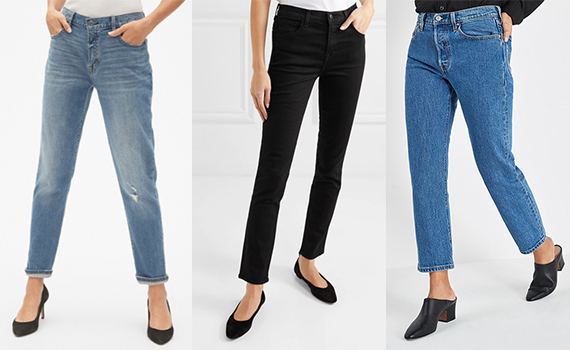
They seem to be the two words on everyone’s lips at the moment. Fast fashion. With the recent reports highlighting the state of our planet – and what should happen if we don’t act – the world of fashion has had a rather serious knock too.
With the rise of influencer fashion, ‘must-haves’ and style scrutiny, we have quickly become a nation of fast shoppers and throwaway fashion. The impact of this new wave of shopping is causing a detrimental impact not only on how we shop, but on the environment too. It is, perhaps, a consequence many of us are only now starting to wake up to.

In a recent report that stated we are throwing away more than 300 tonnes of clothing to landfill every single year, the high-street, influencers, fashion editors and consumers are starting to act. Even over the last few weeks or so, the coverage and visible change has been extraordinary with high-street stores introducing recycling bins and many high-profile Instagram influencers not only recognising the need for change but speaking about how they plan to do so too.
While throwaway fashion has become the norm for so many of us, the reality is that it simply cannot be sustained.
What’s important and positive too is that many editors, bloggers and influencers have addressed it in a mature and realistic light. It is not to say that we will never go shopping, nor to say that we will not continue to buy into trends; but rather that our approach to it will change. To consider the language surrounding fashion more and eliminate those all-too common phrases – ‘must-have’, ‘must-buy’ – that encourage consumerism and only serve to heighten our already dubiously  .
.
It will always be a difficult discussion though with some advising we should simply buss less or just invest in more conscious pieces. It’s fair to say, however, that many of the population do not have £300 to spend on one ‘better quality’ jumper and so will, inevitably, rather buy a few in different colours from the high-street, even though they might not last the same amount of time as one with a more expensive price tag.
The real issue then, or at least one that can be controlled, is knowledge and understanding. To educate the younger and more impressionable generation of the consequences of continued and unlimited fast fashion. To teach more about caring for your clothes, building a capsule wish-list each season so as not to buy unnecessary items, to take unwanted clothing to charity shops and of course, to simply try and buy less.
While this is always easier said than done, the coverage and conversation now surrounding fast fashion is a fantastic and positive start.



